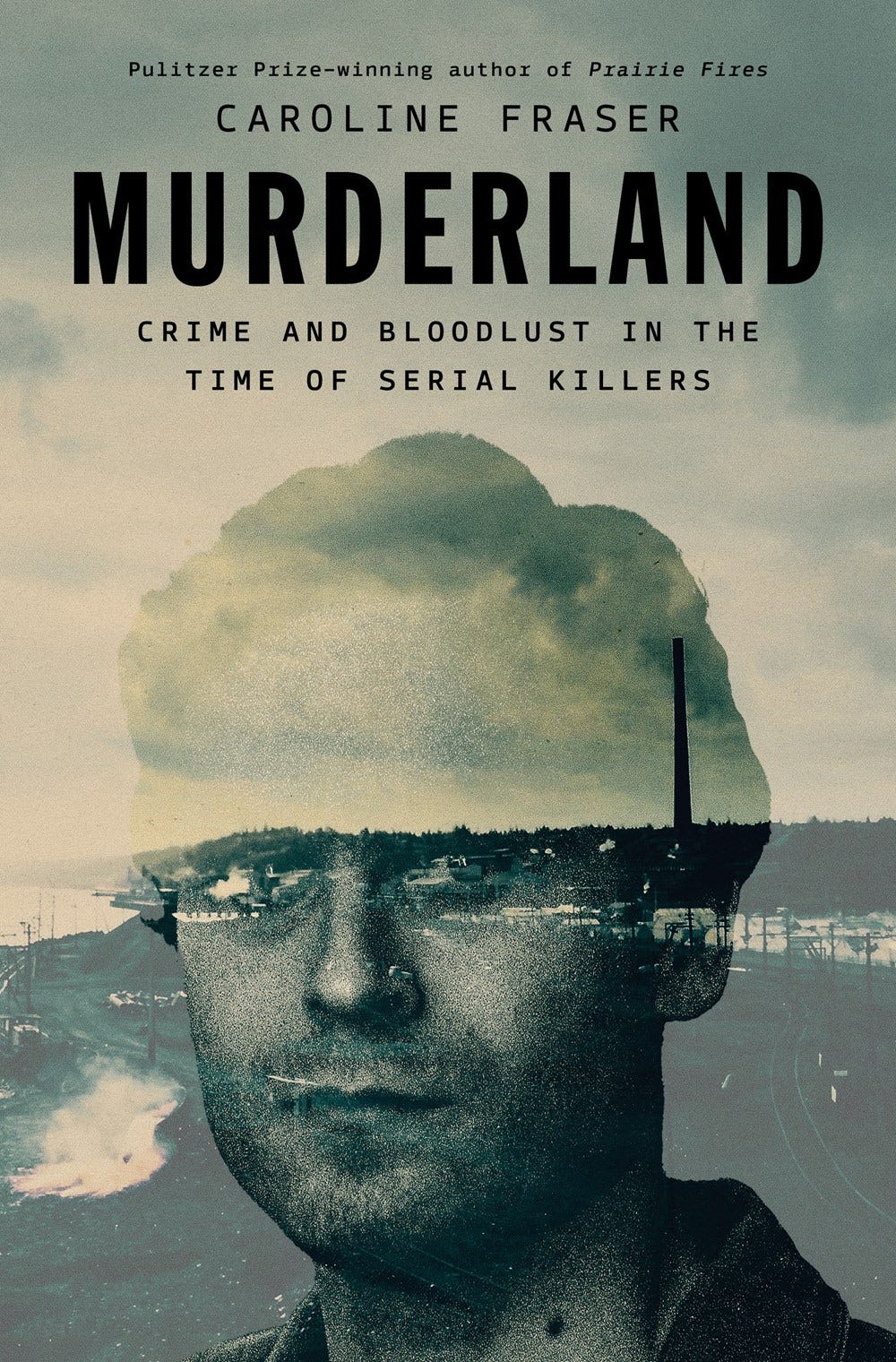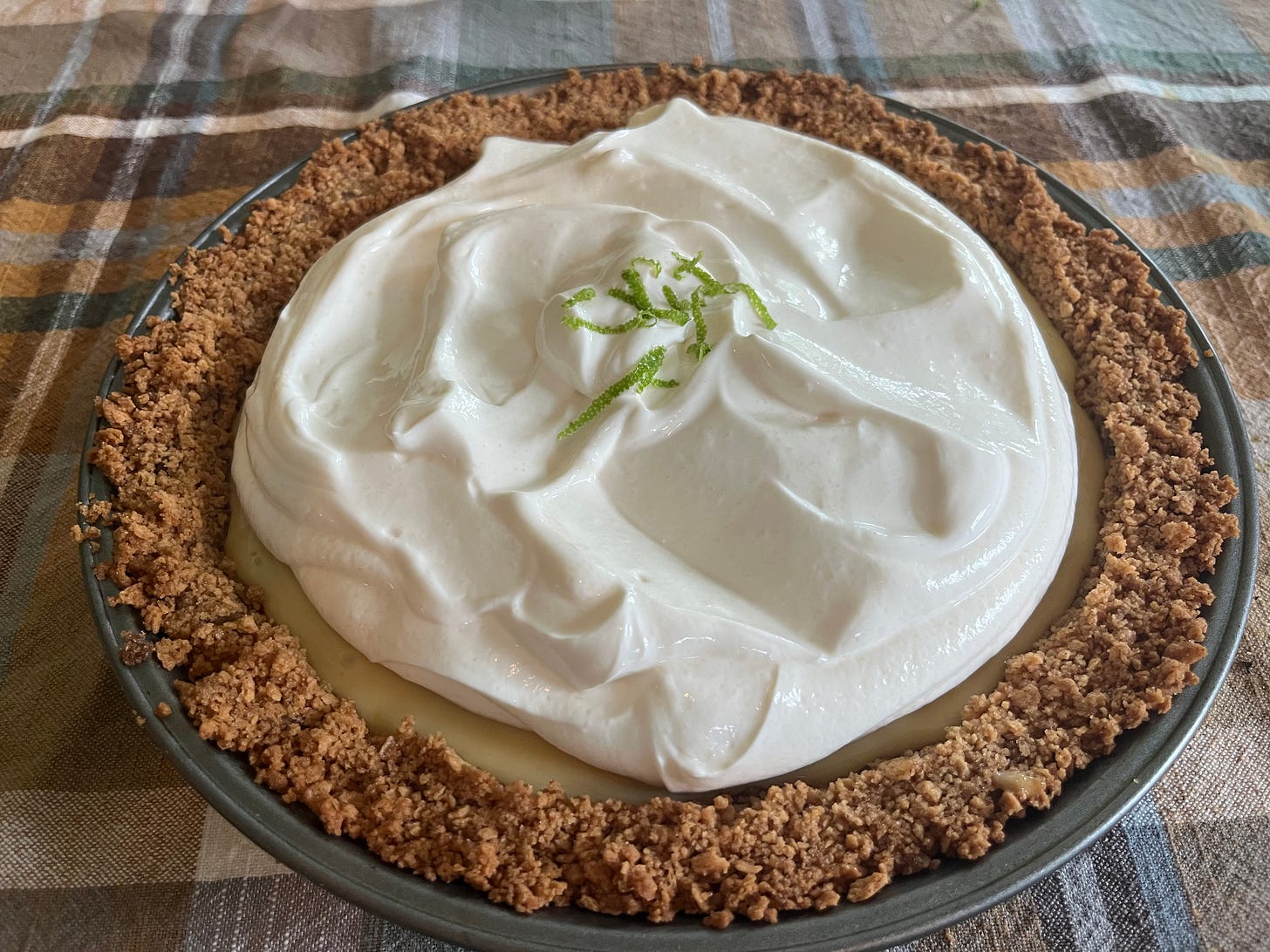I am reading an extraordinary book, Chris Heath’s No Road Leading Back: An Improbable Escape from the Nazis and the Tangled Way We Tell the Story of the Holocaust. Heath - who I do not know and if you do, please put us in touch, the flyleaf says he lives in Brooklyn - tells the story of prisoners in the Lithuanian forest of Ponar after the Nazi invasion in 1941, and what they did to stay alive, in three parts; I am only on part one but I already appreciate, from my own experience trying to explain the inexplicable, that you need to look at these stories prismatically. The task he set out for himself is overwhelming, which is what to me makes the book so very valuable.
It’s the second book I’ve read this month about mass murder, albeit the first one on a smaller scale. I read and reviewed Carolyn Fraser’s Murderland: Crime and Bloodlust in the Time of Serial Killers, for the Wall Street Journal. The opening:
It’s 1970 and Caroline Fraser is 9 years old, living outside of Tacoma, Wash. That local refineries are dumping 8.5 million gallons of smelter discharge a day, including 2,500 pounds of toxic metals, into nearby Commencement Bay is not yet of widespread concern. The Environmental Protection Agency will not be established until year’s end, and it will be four years before the blood levels of 300 of 333 children living near an Idaho smelter will be found to contain abnormally high amounts of lead…
“Lead is a vampire,” Ms. Fraser writes. “Invite it in and it will drink your blood and live forever.” But the local children and young women have a more immediate problem: They start turning up dead, murdered by a panoply of serial killers either raised in the Pacific Northwest or using it as their killing grounds—men whose appetite for murder is so monstrous one imagines some outside alchemic force catalyzing their need to hunt and to kill.
Ms. Fraser does imagine as much, citing, toward the end of “Murderland: Crime and Bloodlust in the Time of Serial Killers,” the “lead-crime hypothesis.” After superimposing “graphs of lead and crime over each other,” epidemiologists found “the lines rising and falling in tandem so closely” that a theory was born.
A bracing conclusion, if not as transfixing as the larger physical and cultural landscape Ms. Fraser presents here, that of an ecosystem, one dependent on physical destruction, producing inhabitants who cannot be expected to act otherwise…
Maybe to balance out the murder, maybe because I do it all the time anyway, I am doing a lot of baking, including today a Key lime pie, which I will serve to two friends at a late lunch. As I posted on Twitter, I can post about the nine years I spent writing a book and get maybe eight likes. Post a picture of a pie? Here they all come!
Pie makes people happy, and as it turns out, the phrase “easy as pie” is true. Enjoy.



